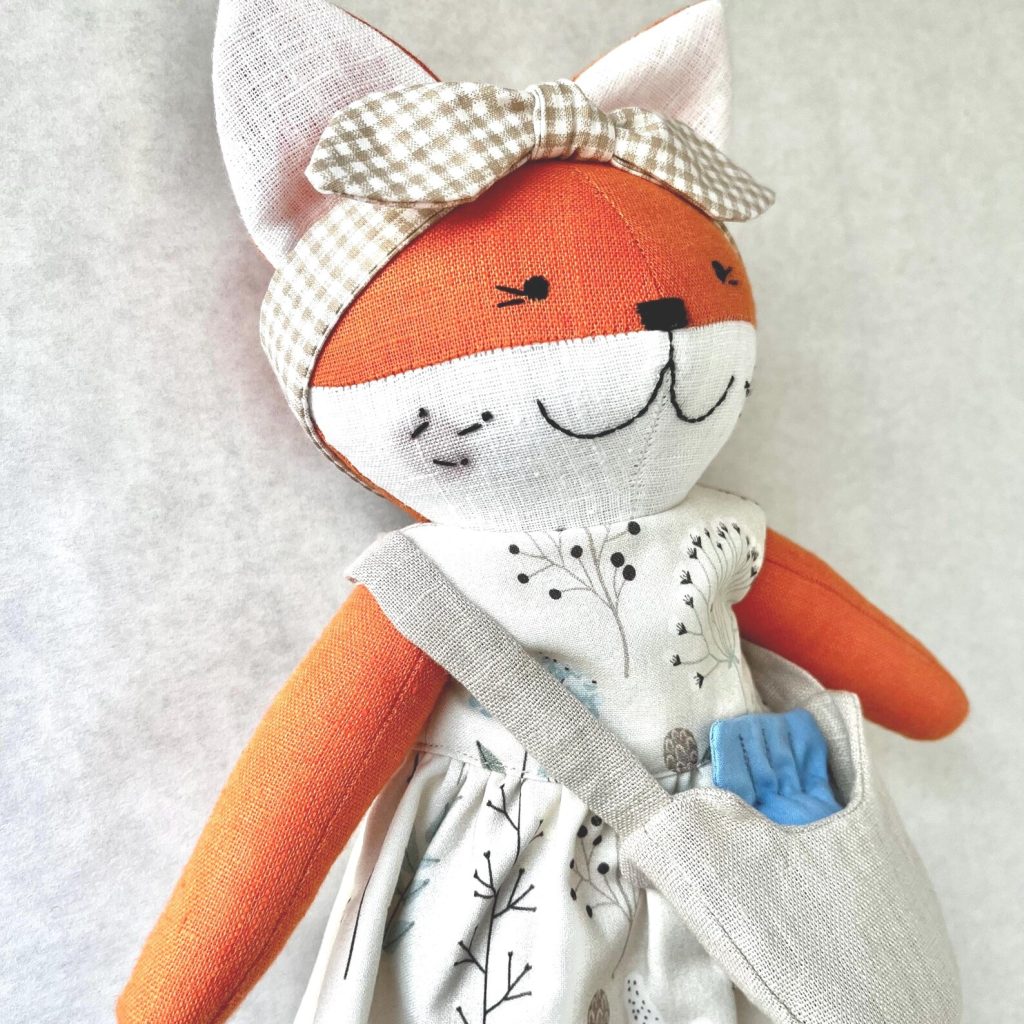News
🧵 Handmade Hanukkah Barbie – A Grandma’s Fabric Doll Creation Goes Viral After 25 Years
n December 2024, what began as a sentimental text message became a viral celebration of culture, creativity, and intergenerational love. Lily Kravetz, a 30-year-old graphic designer from Brooklyn, New York, received a message from her 87-year-old grandmother Nancy Kravetz, a lifelong painter and contemporary artist. Attached was a photo from 25 years ago: two customized Hanukkah-themed Barbie dolls—hand-sewn outfits, one-of-a-kind accessories, and a family legacy stitched into every detail.
Nancy had crafted the dolls using her old Singer sewing machine, creating handmade fabric clothing to reflect Jewish traditions. There were only two such dolls in the world—one for Lily and one for her cousin Nina. While the cousins had grown up and moved on with their lives, these heirloom toys still held deep meaning. The text from Nancy simply said, “Barbies are in fashion again.”
Lily was struck by the timing and sweetness of the message. With the Barbie movie trending and nostalgic toy culture returning to the spotlight, the moment felt serendipitous. Lily decided to share a video of the dolls on TikTok, explaining how her grandmother made them decades ago. The video quickly went viral, garnering over 50,000 views and thousands of supportive comments.
“She’s always been creative,” Lily said of Nancy. “She would make our toys, sew our clothes, and create things that made our heritage feel normal and beautiful.”
The dolls featured traditional Hanukkah colors, hand-stitched dresses, and Star of David embellishments. Nancy even designed two outfits for each doll and customized the packaging with Hanukkah-themed artwork. At a time when Jewish representation in mainstream toys was nearly nonexistent, Nancy’s handmade dolls became cultural anchors for her granddaughters.
“I didn’t realize it then,” Lily shared, “but growing up with something like this made me feel proud of who I was. I was one of only two Jewish kids in school, and it could’ve felt isolating, but Grandma made it joyful.”
Nancy’s inspiration for the dolls came not from a pattern or instruction, but from love and necessity. She wanted her granddaughters to have toys that reflected their identity—both spiritual and familial. She took scraps of fabric, bits of ribbon, and creative energy to handcraft clothing that was festive yet playful, beautiful yet meaningful.
“She just did what she always does,” Lily said. “She made art. And she made it with us in mind.”
The TikTok video sparked a wider conversation about handmade dolls and the role they play in preserving culture. Many viewers shared stories of their own family members making personalized toys, using fabric to communicate love and legacy across generations. One commenter wrote, “This is why handmade gifts mean more. It’s history, love, and art all in one.”
The dolls have remained in the family—Lily’s is still stored safely at her father’s house in Phoenix. Although she doesn’t remember asking for a Hanukkah Barbie or receiving it as a formal gift, its presence throughout her childhood left a lasting impact. “It shaped how I saw myself,” she said. “I didn’t feel ‘other.’ I felt included, celebrated.”
As the video spread, people began asking Nancy to recreate more dolls or share patterns. But to Nancy, the value of the dolls was never about popularity—it was about love. She laughed when Lily told her the dolls were going viral. “She said, ‘People really like those old things I made? Well, that’s sweet,’” Lily recalled.
What this story reminds us is that handmade fabric dolls are more than toys. They are reflections of identity, vessels of memory, and symbols of the care put into every thread. Whether it’s sewing a Star of David onto a doll’s dress or choosing the right fabric to mimic cultural attire, these small details build bridges between generations.
Nancy’s Hanukkah Barbies are now 25 years old, but their relevance remains timeless. They speak not only to Jewish heritage but to the broader power of handmade dolls to affirm who we are and where we come from. In a world saturated with mass-produced toys, these dolls stand apart—not just for their craftsmanship, but for their soul.

